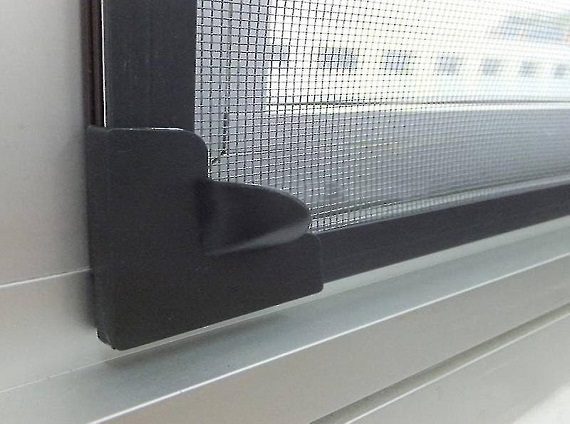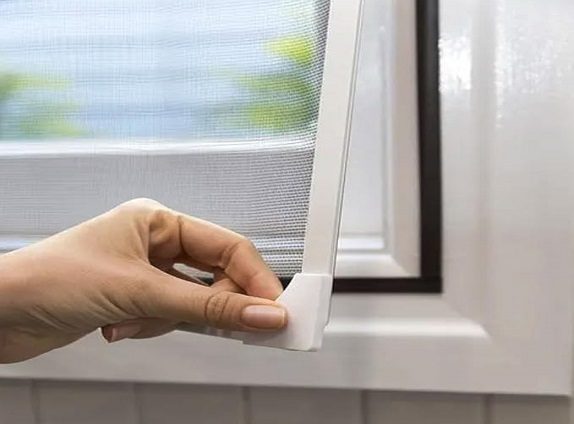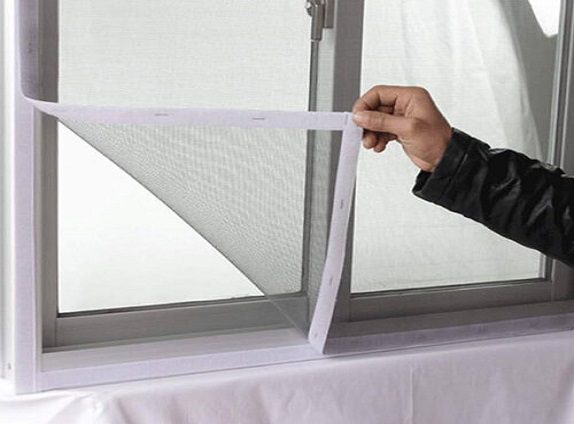DIY (Do It Yourself)
DIY (Do It Yourself)
DIY (Do It Yourself) Systems provide a strong barrier against insects.
Do It Yourself (DIY) Type systems are here to save the day. Not only do they keep mosquitoes at bay, but they also provide a barrier against other insects and even dust. Plus, doing it yourself means you can customize the fit and save some money in the process. So, why not take matters into your own hands? Select the mesh type based on your specific needs. For example, if you need something durable and long-lasting, aluminum or stainless steel might be the best choice. If you prefer something lightweight and easy to install, fiberglass or polyester could be ideal. When the weather warms up, these tiny pests can turn a pleasant evening into a nightmare. But fear not!

Best DIY mosquito mesh materials.
DIY mosquito mesh systems are a practical, cost-effective way to keep your home mosquito-free. By understanding the basics, planning your project carefully, and following a step-by-step guide, you can create a comfortable and safe living environment. Plus, the added benefits of health, environmental impact, and cost savings make it a no-brainer. So, why not give it a try and enjoy a mosquito-free home? A mosquito mesh is a fine netting designed to cover openings like windows and doors to prevent mosquitoes and other insects from entering your home. It is usually made from durable materials that can withstand daily wear and tear while allowing air and light to pass through. Fiberglass is great for general use due to its balance of durability and cost. Aluminum offers superior strength, ideal for high-traffic areas, while polyester is best for temporary solutions or less frequently used spaces.

Essential Steps for DIY Installation
Unleash your creativity in home improvement with our DIY installation guide! Installing mosquito mesh is a rewarding endeavor that not only enhances your space but secures it as well. Take note of these essential tips to ensure a flawless installation:
1. Precise Measurements, Ensure you measure your openings carefully to avoid any mismatches.
2. Necessary Tools, Have scissors, a staple gun or adhesive, and a ruler at hand. Preparation is key for a seamless process.
3. Instruction Adherence, Each mesh type has specific installation nuances, be sure to familiarize yourself with them.
4. Help is Here, Don’t shy away from enlisting a friend’s help; two hands make the task easier!
5. Final Check, After installation, inspect for gaps and secure fastenings to boost efficiency against insects!

Weather Protection All Year Round
A Zip Screen in Gurugram is designed to shield your spaces from unpredictable weather. Whether it’s heavy rain, strong winds, or scorching sun, these screens act as a protective barrier, ensuring comfort and usability of your outdoor areas throughout the year.
Seamless Indoor-Outdoor Living
Installing a Zip Screen in Gurugram helps you create a seamless connection between your indoor and outdoor spaces. You can enjoy the beauty of your balcony, terrace, or garden without worrying about mosquitoes, dust, or harsh sunlight interfering with your comfort.
Enhanced Safety Features
Modern Zip Screens in Gurugram are equipped with advanced locking systems to prevent accidental openings, ensuring they remain firmly in place during high winds. This makes them safe for families, especially in apartments and high-rise buildings.
Eco-Friendly Choice
By reducing reliance on air conditioning and artificial lighting, a Zip Screen in Gurugram contributes to a more sustainable lifestyle. Its energy-saving properties not only cut down on electricity bills but also minimize your carbon footprint.
Long-Term Investment
Choosing a Zip Screen in Gurugram means investing in a durable, stylish, and functional product that enhances your property’s value. With their elegant appearance and robust performance, they deliver long-term benefits for both comfort and aesthetics.
Get Quote
We’ll Be Happy To Assist!




